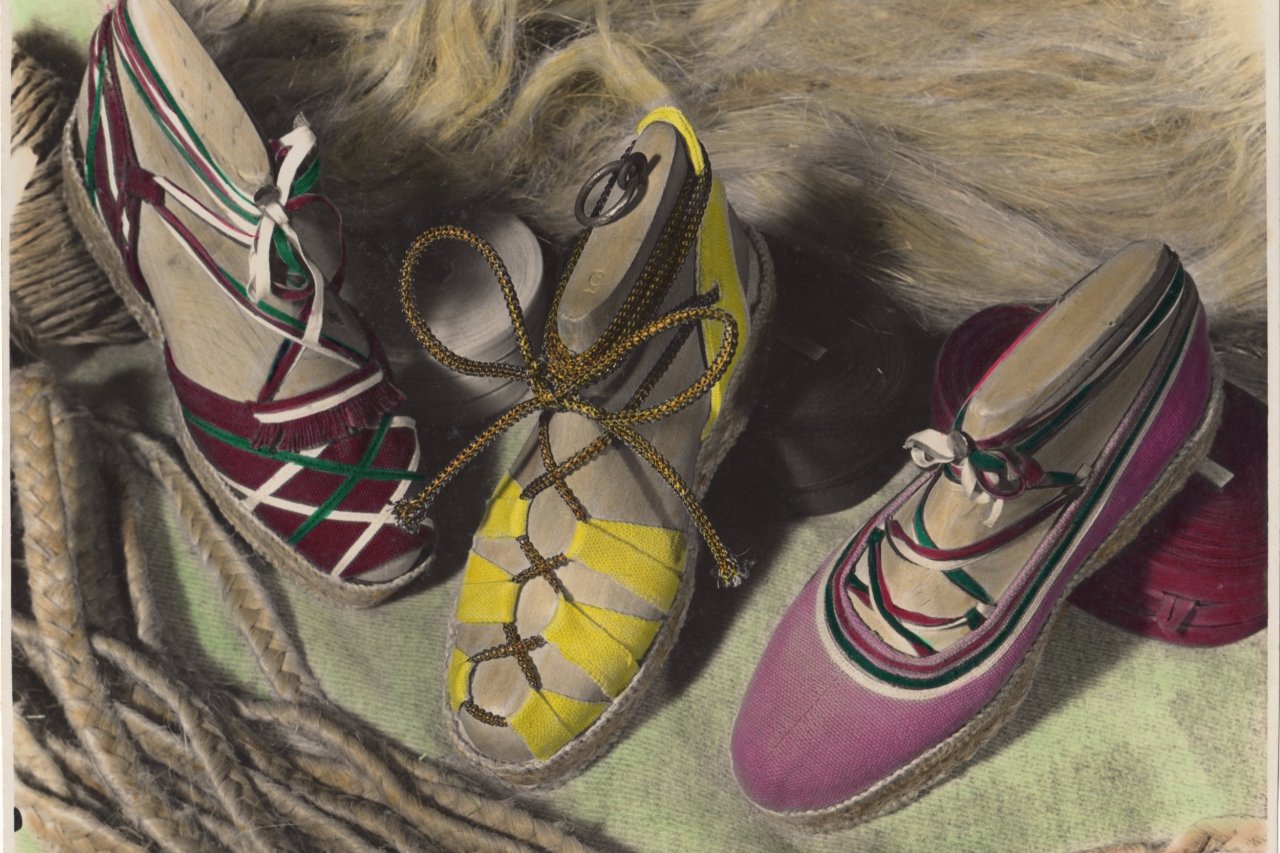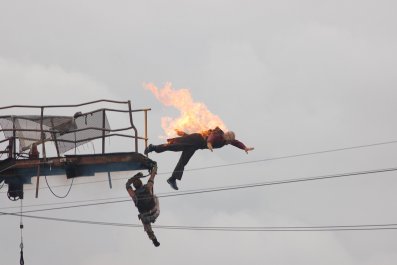Noël Coward's verdict on the Duke of Windsor was damning: "He had the charm of the world, with nothing whatever to back it up." Besides being harsh, that judgment is not quite accurate. Coward, a keen observer of the superficial, should have known better than to overlook the duke's great talent: He was the standout sartorial innovator of his age.
The duke had charm and panache: He abdicated the throne of the British Empire but remained king of men's style all his life. One of his great tricks was to elevate humble or casual trends and fabrics. He was famed for his advocacy of sportswear, popularizing plus fours: He relaxed the dinner jacket by having one made of corduroy and wearing it so much that the silk facings on the shawl collar began to disintegrate; and he would elevate items of peasant clothing to the height of fashion, which is what he did with the espadrille, a rustic, rope-soled style of footwear popular with Pyrenean peasants for centuries that he came across while in Biarritz, France.
At roughly the same time as the duke was championing the humble espadrille, on the other side of the mountains that divide Spain from France, Joan Olivé Vagué and his wife, Emilia Martinez, were concluding it was time for espadrilles—or alpargatas, as they are known in Spanish—to make the leap from the village of the Pyrenees to the salons of the elite. In 1940, just after the end of the Spanish Civil War, the couple opened an espadrille shop and manufacturer called La Manual Alpargatera in Barcelona.
The poverty of Spain at that time meant that leather shoes were not always affordable, so La Manual Alpargatera created a range of rope-soled, canvas shoes: lace-up ankle boots with stitched toecaps that resembled crochet work; lace-up shoes known as English-style; and even natty correspondents, constructed of two distinct colors or tones. Photographs of the shop's women's shoes from that period show the popular styles of the time faithfully rendered in rope and canvas, some of them featuring wedge heels.
Spanish shoppers loved the shoes, and La Manual Alpargatera thrived. As other shops and designers began producing and selling espadrilles, the shoe's status as a summer fashion staple became secure. La Manual Alpargatera business is still running and, incredibly, the teenage girl—Juana Martinez García —who sold the first pair of espadrilles there 77 years ago is still occasionally seen in the shop. It is her son, Joan Carles Tasies, who runs the business, while his wife superintends the workshops.
My introduction to this Barcelona landmark took place almost 20 years ago, when an ecclesiastically inclined German nobleman brought me because the then-pope, John Paul II, had his espadrilles made there. Nor is the former bishop of Rome the only pillar of Spanish life to buy his footwear at this little shop: The dress espadrilles of the Catalan police force are made here, and the great Spanish surrealist painter Salvador Dali loved the simple footwear so much that he wore espadrilles laced with ribbons.
The method of making espadrilles has changed little in centuries. The sole is formed by coiling the plaited rope into shape, stitching it transversally (tough work when done by hand) and using an implement that looks like a straight-side rolling pin to flatten it. Then the linen upper is stitched to the sole.
Although the espadrille's origins are humble, they are not necessarily simple. To the aficionado, the rope-soled shoe embodies an entire craft culture that extends way beyond the two basic styles—one with the back and front part stitched together, halfway along the foot; the other with a seam at the heel and another running up from the toe—that appear on the beaches of the Mediterranean every summer.
"There are some styles that clearly correspond to certain regions or certain areas, and some whose origins we don't know," says Tasies. "And there are some others that were started in our shop, but are now considered as classics and widely made. The regional differences are very much based on the laced styles. For instance, the espadrilles we make for the Catalan police originated in Valls, a city in Catalonia." The Valls has a fabric front that goes high up the foot with a V-like throat and ribbon laces that fasten around the ankle.
They are very different from the style favored by Dali—the Pinxo. "This is fastened with a ribbon," says Tasies. "It has some white canvas in the front, something in the back, and there are ribbons in between." Visible canvas is kept to a minimum on the Pinxo: It has open sides, and only a small canvas heel counter—the small part of the shoe that gives the heel extra support—in, and a correspondingly small toe tip. Ribbon covers the canvas at the front, and it is then linked to the heel and fastened into a bow just above the ankle in the manner of a ballet pump.
Along with the Valls and the Pinxo, the other classic Catalan men's style is the Taverner, which also makes decorative use of the ribbon on the front but leaves more canvas visible, effectively creating a canvas toecap while the heel is a loop of canvas that exposes the wearer's heel.
There are numerous other regional variations of the espadrille, whose history stretches back centuries and possibly even millennia. Tasies has said that a 4,000-year-old grass sandal found in a cave near Granada appears to be the ancestor of the modern espadrille, with the same kind of sole. That heritage helps explain some of the appeal of the espadrille: It is both timeless and wonderfully fashionable—whether you happen to be a pope, a police officer or heading off on a package holiday.





















